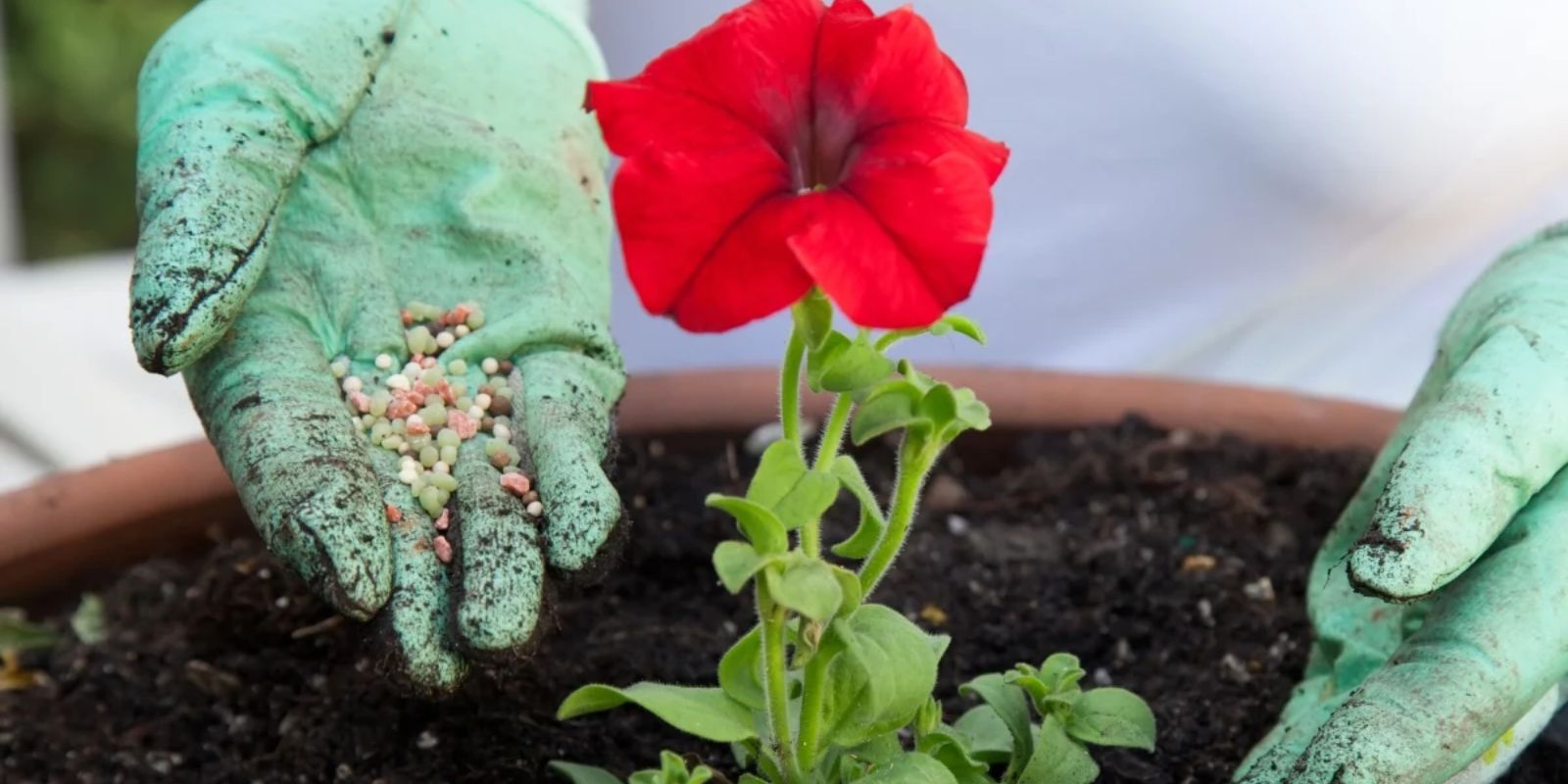Flower gardens bring beauty and color to our outdoor spaces, but to achieve those lush, vibrant blooms, proper fertilization is essential. For beginners, understanding the basics of fertilizing can seem overwhelming, but with a few simple steps, you can ensure your flowers receive the nutrients they need to thrive. This guide will walk you through the fundamentals of fertilizing flower gardens, from choosing the right fertilizer to applying it effectively.
Why Fertilize Flower Gardens?
Fertilizing flower gardens is crucial for several reasons:
- Nutrient Supply: Plants require a range of nutrients to grow and bloom. Fertilizers provide essential elements that may be lacking in the soil.
- Enhanced Blooming: Proper fertilization promotes more abundant and vibrant flowers, leading to a more attractive garden.
- Healthy Growth: Fertilizers support overall plant health, making flowers more resilient to pests and diseases.
Choosing the Right Fertilizer
The first step in fertilizing flower gardens is selecting the appropriate fertilizer. Here’s what you need to know:
- Understand Fertilizer Labels: Fertilizers are labeled with an NPK ratio, indicating the percentage of nitrogen (N), phosphorus (P), and potassium (K). For flowering plants, a balanced fertilizer or one with higher phosphorus levels is beneficial.
- Balanced Fertilizers: These have equal or nearly equal NPK values (e.g., 10-10-10), providing general nutrients for all stages of plant growth.
- Flower-Specific Fertilizers: Often labeled with higher phosphorus (e.g., 10-20-10), these are designed to enhance blooming and flower development.
- Organic vs. Synthetic: Both organic and synthetic fertilizers can be effective. Organic options, such as compost or bone meal, enrich the soil naturally, while synthetic fertilizers provide targeted nutrients quickly.
Reading Fertilizer Instructions
Proper application is key to effective fertilization. Always follow the manufacturer’s instructions on the fertilizer package:
- Application Rates: Over-fertilizing can harm plants and lead to nutrient imbalances. Use the recommended amount for your garden size.
- Frequency: Some fertilizers are applied monthly, while others may require less frequent applications. Adhere to the schedule for best results.
Applying Fertilizer
Applying fertilizer correctly ensures that plants receive the nutrients they need without causing harm. Follow these steps:
- Prepare the Garden: Remove any weeds or debris from the garden bed. This ensures that the fertilizer reaches the soil and plant roots effectively.
- Granular Fertilizers:
- Spread Evenly: Scatter granular fertilizer evenly around the base of the plants. Avoid placing it directly on plant stems to prevent potential damage.
- Incorporate into Soil: Lightly mix the granules into the top layer of soil using a rake or garden fork. This helps the nutrients integrate into the soil.
- Liquid Fertilizers:
- Dilute According to Instructions: Mix the liquid fertilizer with water as directed on the label.
- Apply to Soil: Pour the diluted fertilizer around the base of the plants or use a watering can to apply it evenly. For some plants, a foliar application (spraying the leaves) may be recommended.
- Water Thoroughly: After applying fertilizer, water the garden well. This helps dissolve the nutrients and allows them to penetrate the soil, reaching plant roots more effectively.
Benefits of Proper Fertilization
When done correctly, fertilization offers several benefits:
- Increased Blooming: Adequate nutrients lead to more vibrant and abundant flowers.
- Stronger Plants: Well-fed plants are healthier and better able to resist pests and diseases.
- Enhanced Garden Aesthetics: Fertilized flowers contribute to a more visually appealing and lush garden space.
Common Challenges and Solutions
Fertilizing flower gardens can present some challenges. Here’s how to address them:
- Nutrient Imbalance: Over-fertilization can lead to excessive foliage growth at the expense of flowers. Use fertilizers according to recommended rates and avoid frequent applications.
- Fertilizer Burn: Applying too much fertilizer or placing it too close to plant stems can cause fertilizer burn. Always follow application instructions and avoid direct contact with plants.
- Soil Depletion: If the soil lacks essential nutrients, consider using organic matter such as compost to improve soil health in addition to fertilizer.
Tips for Maximizing Fertilizer Benefits
- Regular Soil Testing: Conduct soil tests to understand your soil’s nutrient profile and pH levels. This helps you choose the right fertilizer and avoid over-application.
- Combine with Mulching: Applying mulch around plants helps retain moisture, reduce weed growth, and enhance nutrient absorption.
- Monitor Plant Health: Regularly check for signs of nutrient deficiencies or excesses, such as yellowing leaves or stunted growth. Adjust your fertilization practices based on plant needs.
- Rotate Fertilizer Types: If using different types of fertilizers, rotate them to ensure a balanced nutrient supply and avoid nutrient imbalances.
Final Thoughts: Achieve a Flourishing Flower Garden with Effective Fertilization
Fertilizing flower gardens may seem daunting at first, but with the right knowledge and practices, you can ensure your flowers receive the nutrients they need to thrive. By choosing the appropriate fertilizer, following application guidelines, and monitoring plant health, you can enjoy a garden filled with vibrant, healthy blooms. Embrace these fertilization tips to enhance your flower garden and make the most of your gardening efforts.
Motivation:
Transform your flower garden into a blooming paradise—start applying these fertilization tips today and watch your flowers flourish like never before! 🌸

